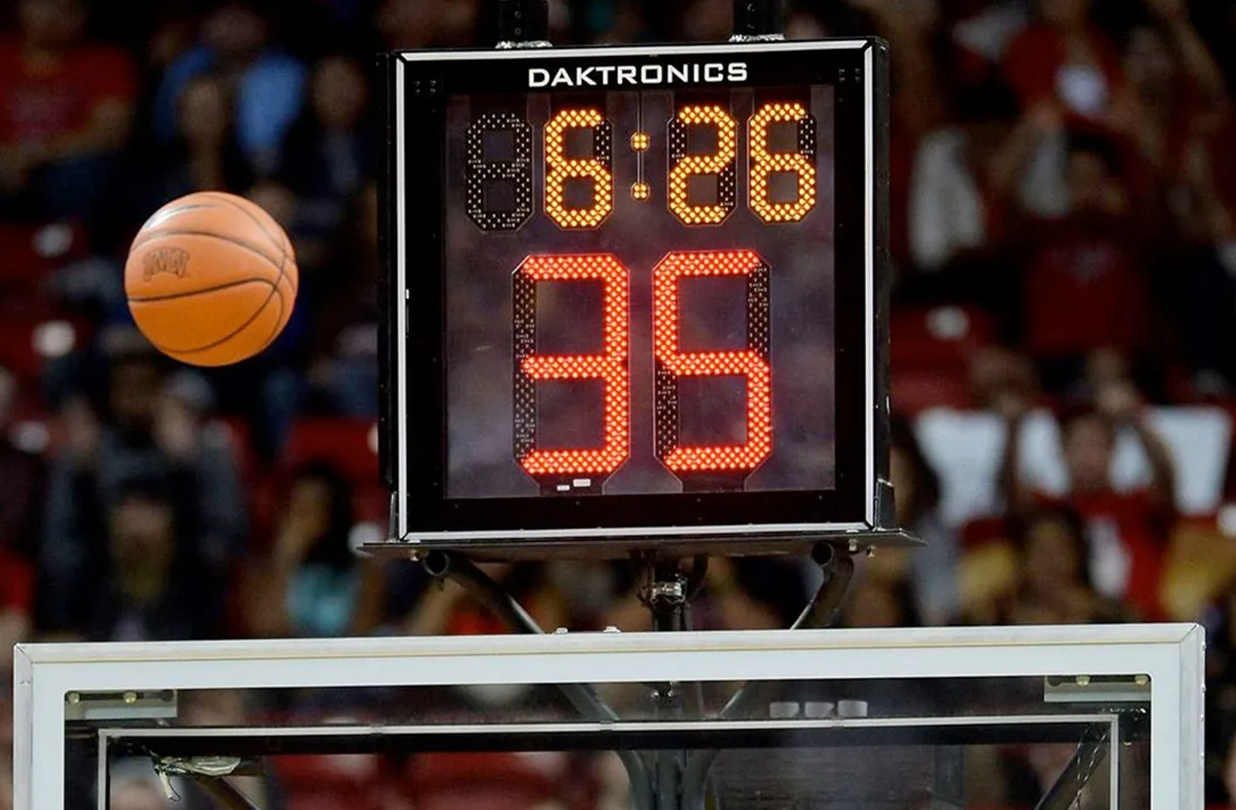amicitaacademy.com – Mixed Martial Arts (MMA) has become one of the most exciting and rapidly growing sports in the world. Known for its combination of various martial arts styles, MMA blends striking and grappling techniques to create a fast-paced, unpredictable spectacle. From the UFC (Ultimate Fighting Championship) to smaller organizations, MMA has risen to mainstream popularity, captivating millions of fans and athletes alike.
What is MMA?
MMA is a full-contact combat sport that allows fighters to use a wide range of techniques, combining elements from different martial arts. Athletes can strike with punches, kicks, elbows, and knees, or engage in grappling using wrestling, Brazilian Jiu-Jitsu (BJJ), and submissions. Fights take place inside a cage (called the “Octagon” in UFC events) and usually consist of three to five rounds, depending on the event.
Unlike traditional sports like boxing or wrestling, MMA allows fighters to cross-train in various disciplines, giving the sport a dynamic and ever-evolving nature.
A Brief History of MMA
MMA’s roots go back to ancient combat sports, but it wasn’t until the early 1990s that it began to take its modern form. The first major MMA event was held in 1993 by the Ultimate Fighting Championship (UFC), which aimed to determine the most effective martial art in a real fight.
In the early days of UFC, the fights were relatively unregulated, and fighters came from various martial arts backgrounds, including Brazilian Jiu-Jitsu, boxing, wrestling, and kickboxing. Royce Gracie, a Brazilian Jiu-Jitsu specialist, dominated the first UFC events, showcasing the effectiveness of ground fighting techniques.
As the sport developed, fighters started to cross-train in multiple disciplines, leading to the emergence of a more complete and versatile fighting style. Today, MMA is a global phenomenon, with major organizations like the UFC leading the charge and bringing the sport to millions of fans worldwide.
Key Disciplines in MMA
MMA fighters train in multiple combat sports to become well-rounded athletes. The key disciplines include:
- Brazilian Jiu-Jitsu (BJJ):
BJJ focuses on ground fighting and submissions, making it a crucial skill for MMA fighters. It teaches how to control and submit opponents using techniques like joint locks and chokes. Many MMA champions have a strong BJJ background. - Boxing:
Boxing provides the foundation for striking in MMA. It emphasizes punches, footwork, and defensive skills. MMA fighters use boxing to land effective strikes while maintaining distance and avoiding damage. - Muay Thai:
Known as the “Art of Eight Limbs,” Muay Thai involves striking with punches, kicks, elbows, and knees. It’s particularly useful in close-quarters combat (the clinch), where fighters can deliver powerful knees and control their opponents. - Wrestling:
Wrestling is one of the most effective grappling disciplines in MMA. Wrestlers are skilled at taking down opponents and controlling the fight’s pace. Many MMA champions come from a wrestling background because it allows them to dictate the action in the cage. - Kickboxing:
Kickboxing combines boxing with powerful kicks, making it an important striking style in MMA. Fighters use kickboxing to deliver long-range attacks and fast combinations, often blending kicks with punches. - Judo:
Judo focuses on throws and takedowns. While not as dominant as wrestling, Judo can be highly effective in the clinch, where fighters use their opponent’s momentum to throw them to the ground.
Rules and Structure of MMA
MMA is regulated by a set of rules designed to ensure fairness and fighter safety. Some common regulations include:
- Rounds: Most MMA fights consist of three rounds, each lasting five minutes. Championship fights are typically five rounds.
- Weight Classes: Fighters compete in different weight classes to ensure fair competition. These include flyweight, bantamweight, featherweight, lightweight, welterweight, middleweight, light heavyweight, and heavyweight.
- Winning Methods: Fighters can win by knockout (KO), technical knockout (TKO), submission, or decision. If no winner emerges after the rounds, the judges decide the outcome.
- Illegal Moves: Certain techniques are banned in MMA, including strikes to the back of the head, groin shots, eye gouging, biting, and hair pulling.
- Referee and Judges: A referee oversees the fight, ensuring the rules are followed and the fighters’ safety is protected. Judges score the fight based on striking, grappling, and overall control.
Popular MMA Organizations
While the UFC is the biggest and most well-known MMA organization, several other leagues also play a significant role in the sport’s growth. Some of the top organizations include:
- Ultimate Fighting Championship (UFC): The UFC is the leading global MMA promotion, featuring the best fighters in the world. It has played a key role in bringing MMA to mainstream audiences.
- Bellator MMA: Bellator is one of the largest promotions in the U.S. and has gained popularity for its exciting events and competitive matchups.
- ONE Championship: Based in Singapore, ONE Championship is Asia’s largest MMA organization, emphasizing martial arts purity and exciting fight cards.
- PFL (Professional Fighters League): PFL features a unique tournament-style format, where fighters compete in a regular season and playoffs for a chance to win a million-dollar prize.
- Rizin FF: A Japanese MMA promotion that attracts top fighters and often blends traditional martial arts with MMA rules.
Training for MMA
To be successful in MMA, fighters must train in multiple disciplines and stay in peak physical condition. Training typically includes:
- Strength and Conditioning:
MMA requires power, endurance, and agility. Fighters use weight training, cardio, and high-intensity workouts to build strength and stamina. - Technical Sparring:
Fighters practice their striking and grappling techniques with partners through sparring and drills. This helps them refine their skills and improve timing. - Mental Toughness:
MMA requires mental fortitude. Fighters must stay focused, push through pain, and adapt quickly during fights. Mental preparation is just as important as physical training.
The Global Appeal of MMA
MMA has grown rapidly in popularity, with major events drawing millions of viewers worldwide. The sport’s combination of athleticism, strategy, and entertainment has attracted fans from all walks of life. Fighters like Conor McGregor, Khabib Nurmagomedov, Amanda Nunes, and Israel Adesanya have become global superstars, inspiring fans and future fighters alike.
Thanks to platforms like social media and streaming services, MMA is more accessible than ever, allowing fans to watch events and highlights from anywhere in the world. As a result, MMA’s fan base continues to expand, and its impact on global sports culture is undeniable.
Conclusion
Mixed Martial Arts is more than just a sport—it’s a global phenomenon that continues to captivate millions. The combination of various fighting styles, intense competition, and larger-than-life personalities makes MMA a thrilling experience for both fans and fighters. Whether you’re drawn to the explosive action, the athleticism, or the drama of the fight, MMA is one of the most exciting and rapidly growing sports of our time.
As the sport continues to evolve, MMA is sure to remain at the forefront of combat sports, bringing together diverse athletes and passionate fans from around the world.
This revision is structured to flow more naturally, with shorter sentences, clear subheadings, and easier-to-understand language. Let me know if you’d like any further edits!






